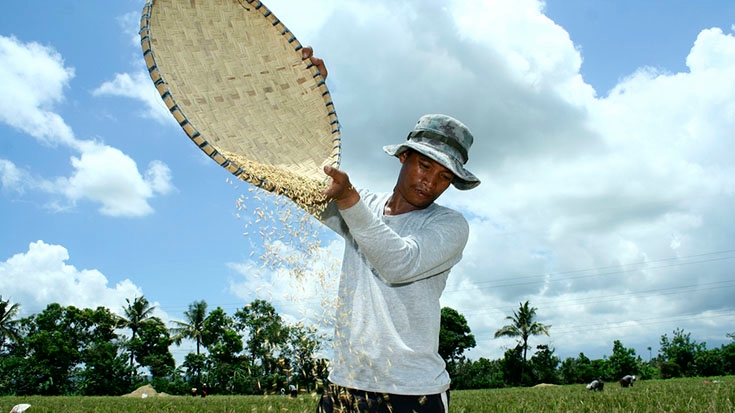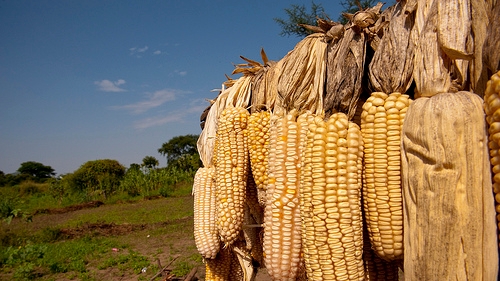REPLAY LIVE CHAT—The Role of Food Prices in Food Riots
International food prices increased by 4 percent between January and April 2014, interrupting sustained declining trends in food prices observed since August 2012. Prices remain in sight of their all-time peak, some 16 percent below their historical record in August 2012.
International prices of wheat and maize increased sharply during the last quarter, in contrast with generally declining prices of rice. In the case of wheat, such a steep price increase has not occurred since the months leading to the historical peak in the summer of 2012.
Increasing weather concerns and import demand—and, arguably, to a lesser extent, uncertainty associated with the Ukraine situation—explain most of the price increases. These increases have taken place despite bumper crops in 2013 and continued projections of record grain harvests and stronger stocks expected for 2014.
Domestic prices saw their usual fluctuations, with grain prices remaining mostly stable between January and April 2014.



